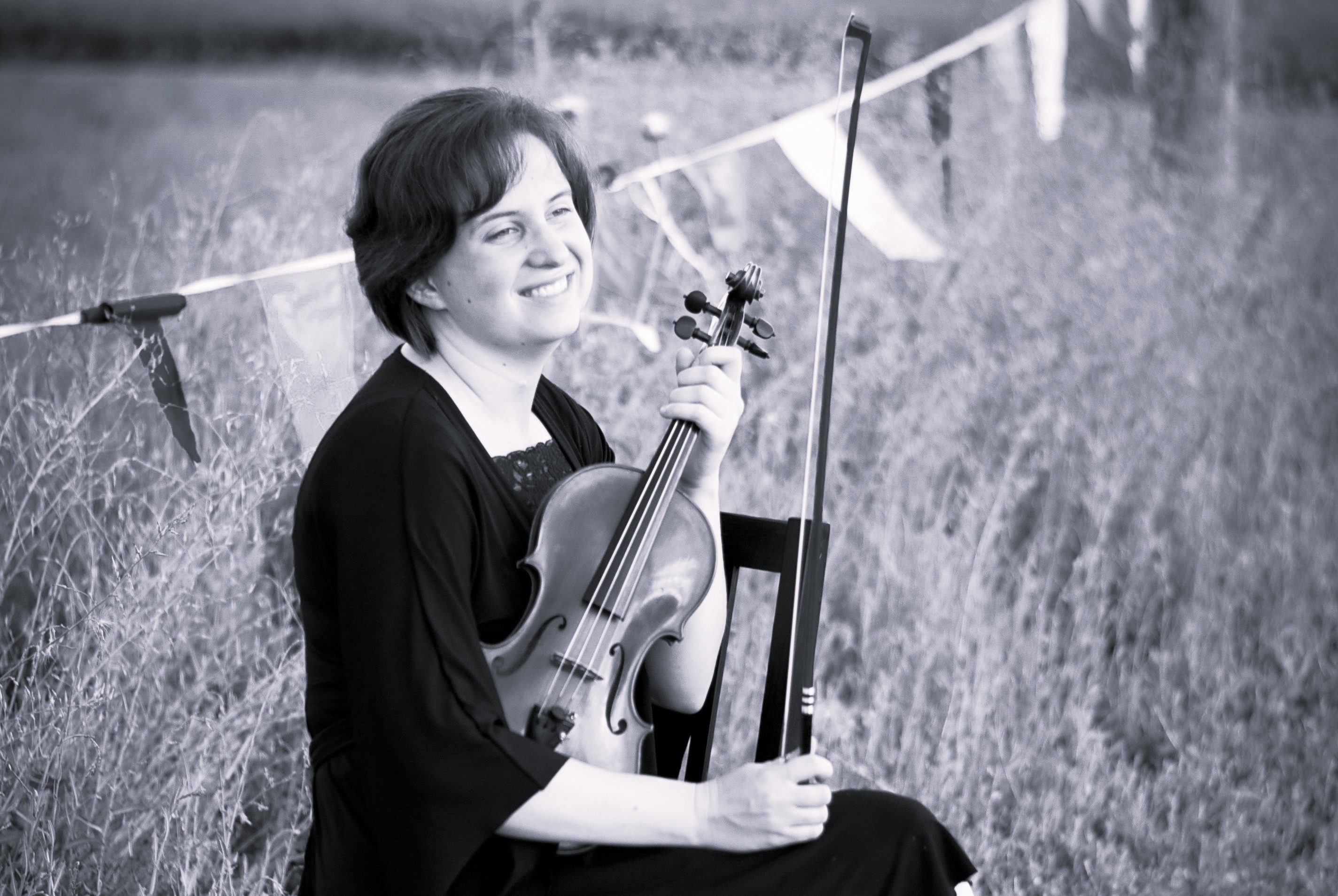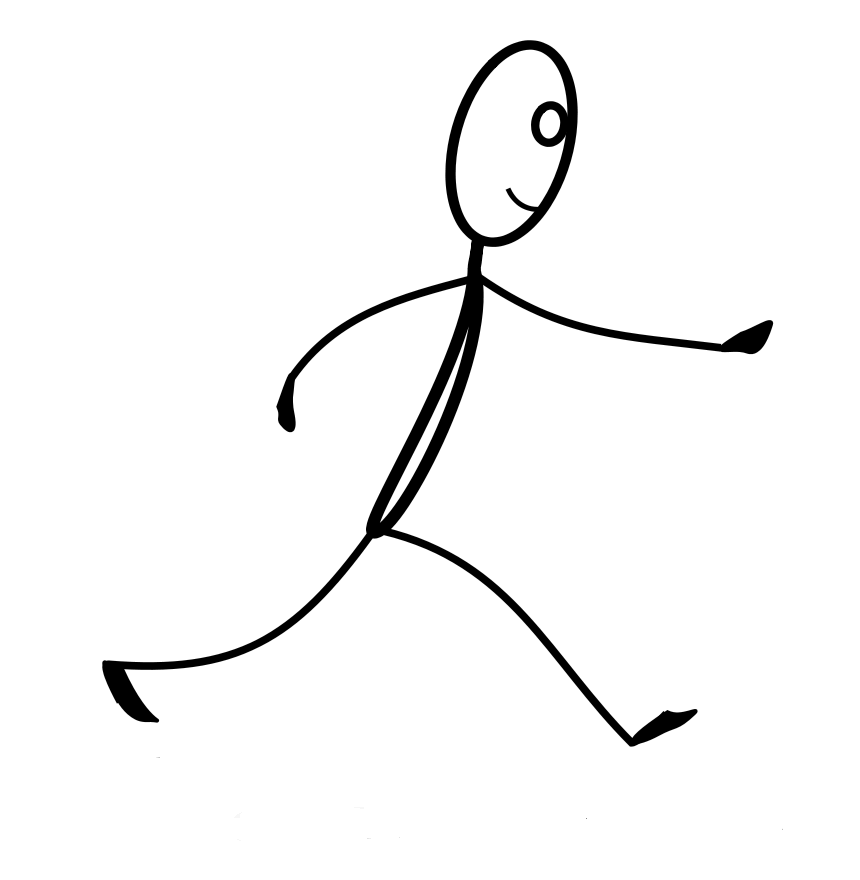Most non-musicians remember that Beethoven was deaf or that Mozart was a child prodigy. But did you know these lesser-known facts about famous composers? Many were faced with all-too-familiar challenges . . .
Vivaldi actually lost his teaching job once. Vivaldi taught, performed, and composed throughout Italy in the 1700's, including at an orphanage in Venice. Apparently the board at the orphanage had mixed feelings as to whether or not he should remain employed there. They voted each year in regards to his job. In fact, in 1709, the vote came back 7 to 6 against having him stay. (See link here.) After a year in which Vivaldi subsisted as a freelance musician, the board voted unanimously to bring him back. Apparently, they realized the extent of his contributions during the time he was gone.Tchaikovsky strongly disliked his [arguably] most famous composition, the Nutcracker. He is quoted as writing, "The ballet is infinitely worse than 'The Sleeping Beauty'"”of this I'm sure." (Source here) Incidentally, his ballet Sleeping Beauty was used by Walt Disney Studios as the basis for much of the music in their 1959 animated film of the same name"”one of the few times established classical music was used rather than original songs written specifically for the movie. (Source1; Source2)
Chopin, a brilliant composer of piano works in particular, some of which have been adapted for violin, suffered from stage fright in a major way. Though an accomplished pianist, Chopin gave less than 40 public performances, his last performance occurring when he was 26. In Franz Liszt's biography of Chopin, he is quoted as saying, "An audience intimidates me, I feel asphyxiated by its eager breath, paralyzed by its inquisitive stare, silenced by its alien faces." (Angel, Amanda. "Top Five Infamous Cases of Stage Fright." WQXR Blog,18 March 2015, https://www.wqxr.org/story/top-5-cases-stage-fright/. Accessed 6 January 2018.)
Shinichi Suzuki, founder of the Talent Education movement (a.k.a. Suzuki Method, originating in Japan) was friends with Albert Einstein, who, interestingly enough, also played the violin"”rather well, in fact. (See Suzuki's short anecdotal book, Nurtured by Love.)
Mozart, an extrovert as well as a complete genius, would get bored with music-making and apparently liked to imitate cats as a diversion. (Source)
Verdi earned the modern equivalent of over 3.3 million dollars for the composition of his opera, Aida, making him the third richest classical composer in history, next to Johann Strauss II and Gershwin as #1. Maybe making music really does come with its financial perks . . . sometimes. Of course, more people might relate to Mozart. He died penniless, allegedly due to poor money management practices. (Source) But there are better things than fame and fortune anyway, right?








